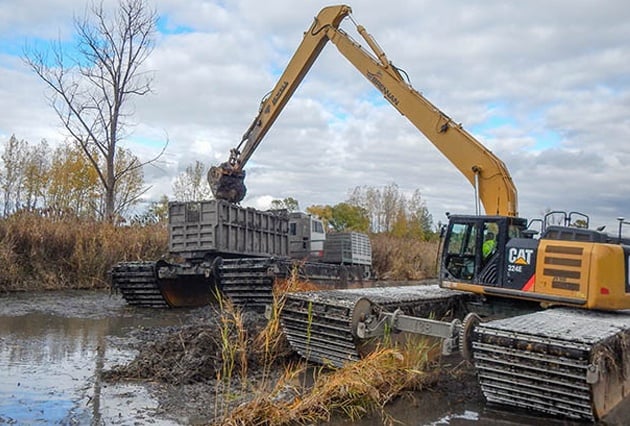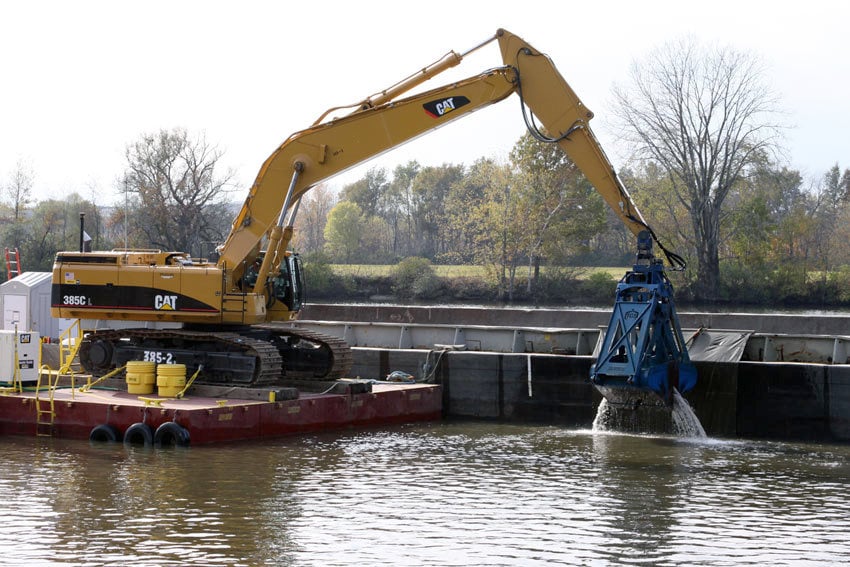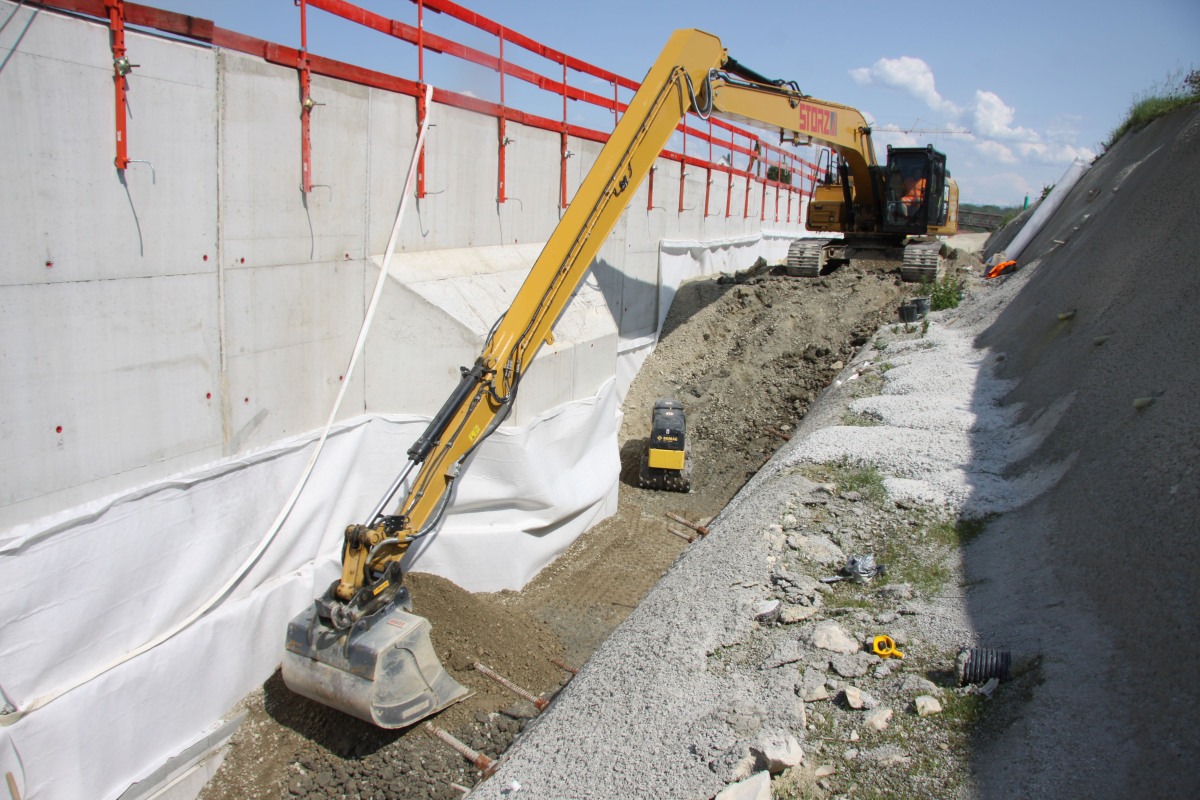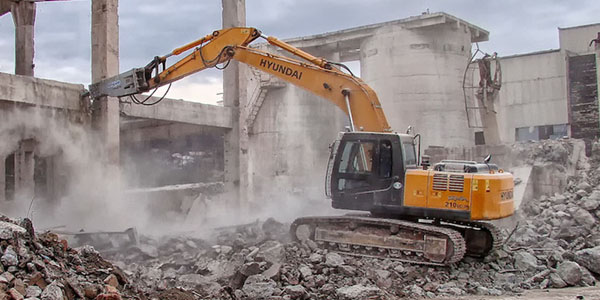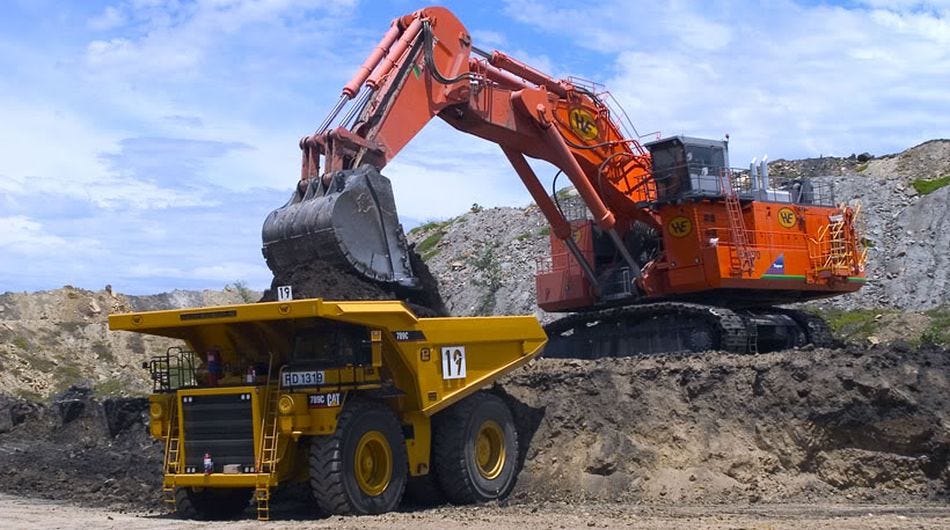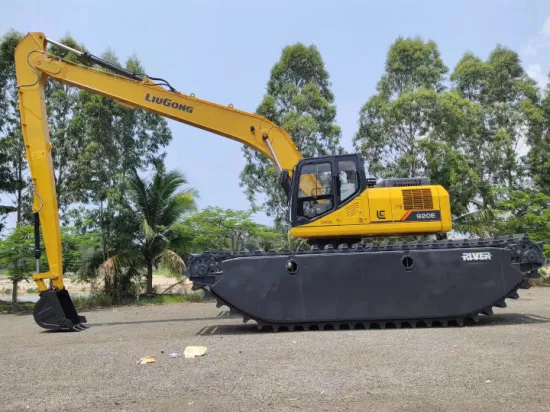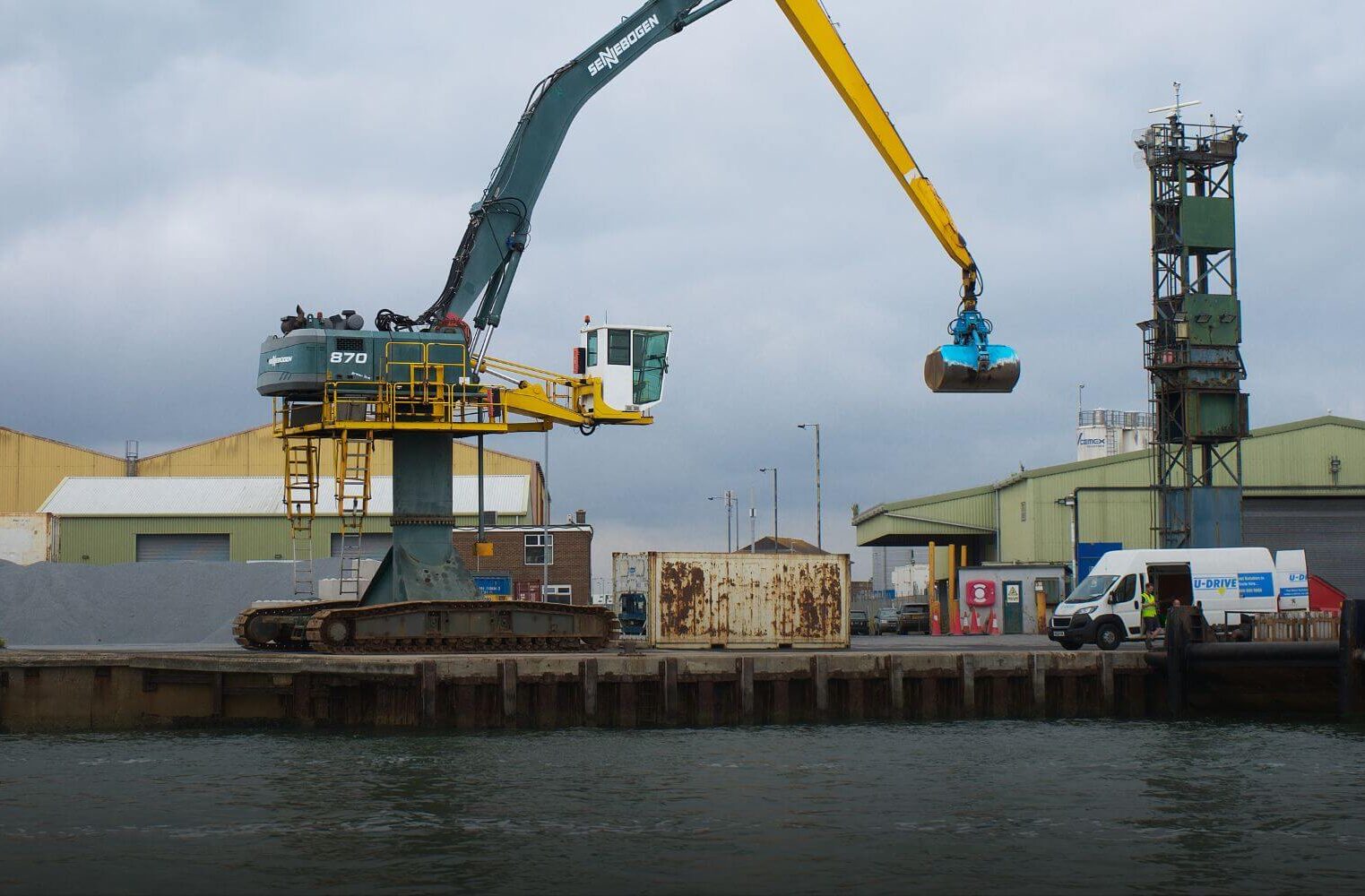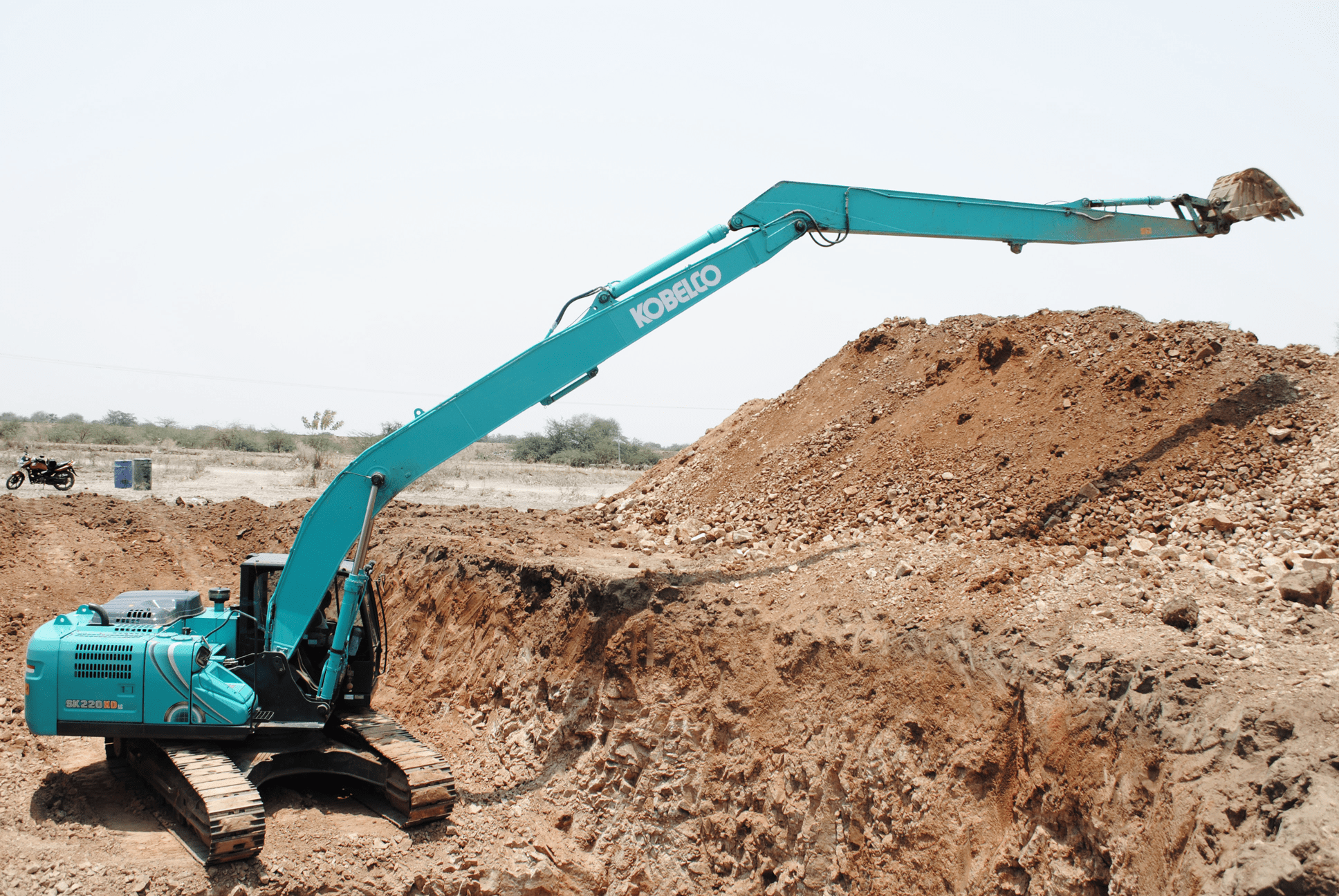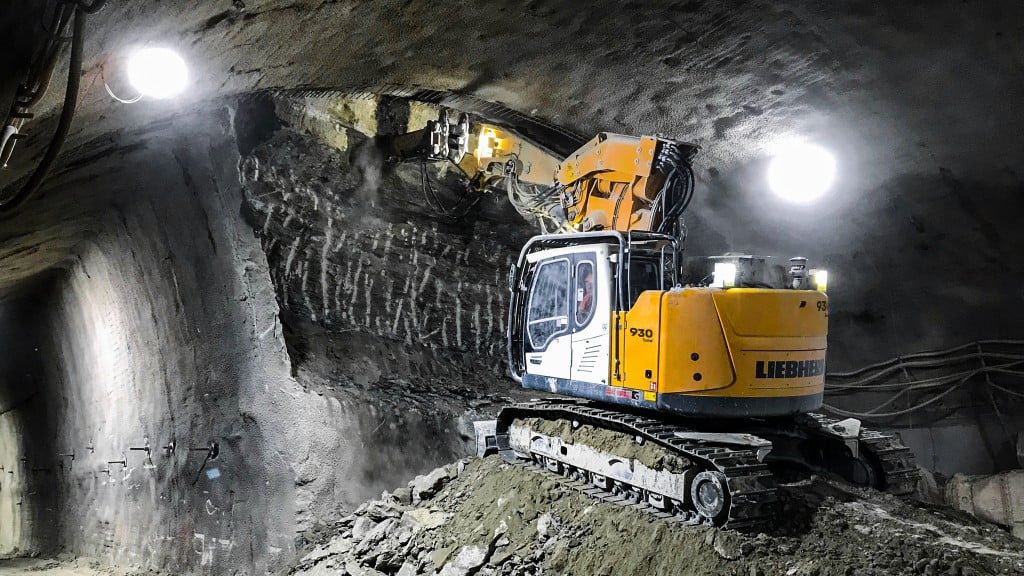What are they used for?
Long boom excavators are used in a variety of specialized construction, excavation, and demolition projects, particularly where a standard excavator’s reach or depth capacity is insufficient. Some common places where long boom excavators are used include:
1. River and Canal Dredging
- Long boom excavators are used to remove silt, debris, and other materials from riverbeds, lakes, and canals. Their extended reach allows them to work in deeper water or from the shore without needing to be positioned in the water.
2. Bridge Construction
- These excavators are useful in constructing or maintaining bridges where workers need to reach over water or work from elevated areas.
3. Demolition Projects
- Long boom excavators are effective for demolishing high-rise buildings and tall structures. They allow for safe removal of materials from a distance, reducing risk for workers.
4. Mining Operations
- They are employed in surface mining for digging into large pits or reaching deep underground in open-pit mines where deeper digging capacity is necessary.
5. Slope Stabilization
- Long reach excavators are used on steep hillsides or slopes to stabilize areas prone to landslides or erosion. Their ability to reach further minimizes the need to reposition equipment.
6. Ports and Marine Projects
- At docks or ports, long boom excavators are used to load and unload materials from barges and ships, as well as for underwater construction projects like building sea walls and jetties.
7. Wetland Restoration
- In environmentally sensitive areas like wetlands, long reach excavators are used to restore ecosystems by carefully removing invasive species, sediments, or pollutants without disturbing large areas.
8. Deep Foundation Work
- For projects requiring deep foundations, such as high-rise buildings or large structures, long boom excavators can be used to dig deeper foundations that normal excavators cannot reach.
9. Excavation in Narrow Spaces
- They are also used in urban areas where access is limited, allowing operators to work efficiently from a distance without repositioning heavy equipment in tight spaces.
Their versatility in handling tough and large-scale excavation work makes them vital in specialized industries and environments where extended reach is crucial.

